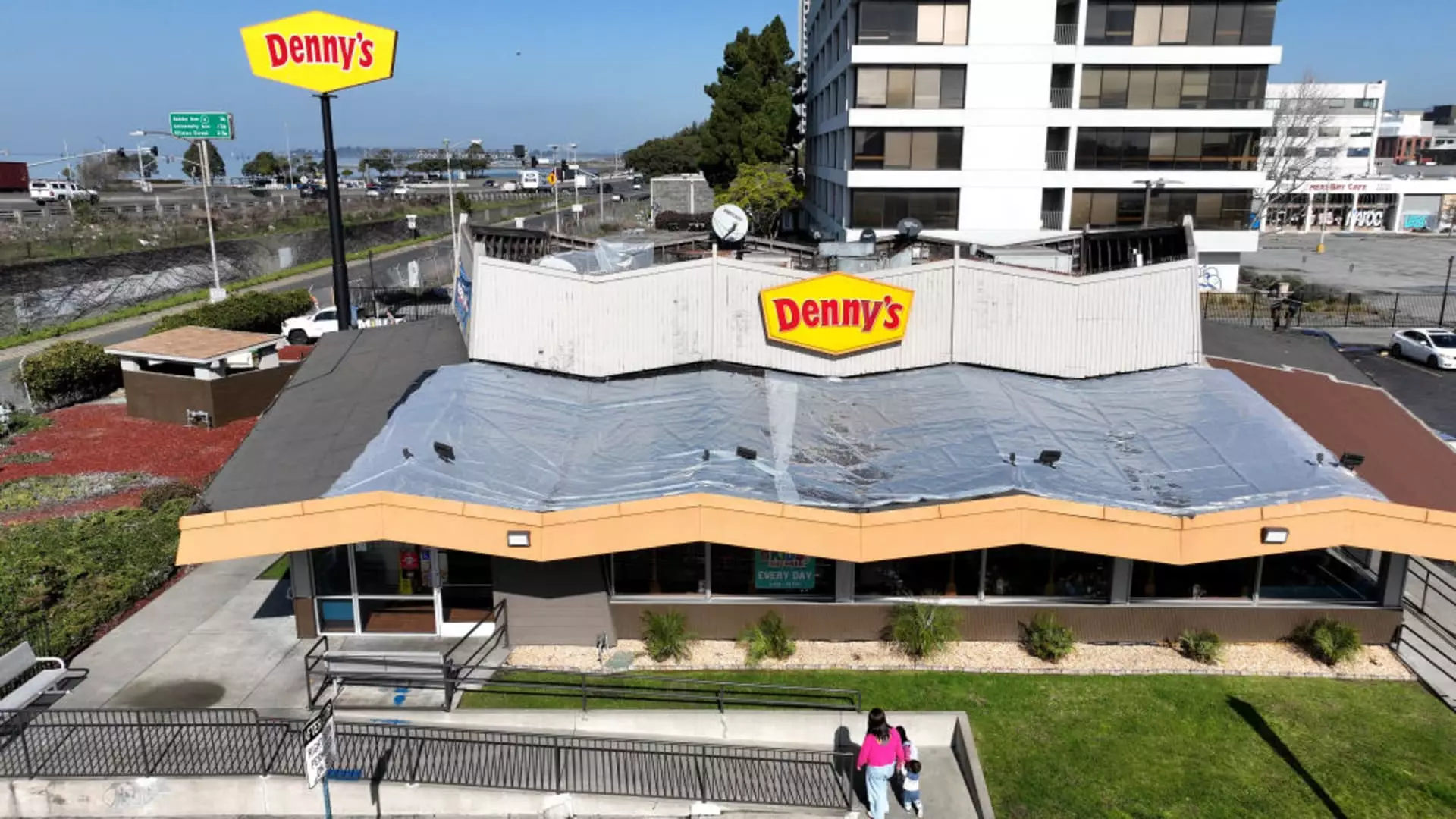The year 2024 has proven to be tumultuous for the restaurant industry as it faces a confluence of challenges that have forced many chains to shutter underperforming locations. Consumer spending behavior, influenced by inflation and a changing dining landscape, has fundamentally altered the operational strategies of restaurant chains across the nation. This article analyzes the current state of the restaurant industry, the factors leading to widespread closures, and the future outlook for these establishments.
As inflation continues to adversely affect disposable incomes, consumers have become increasingly discerning with their spending, particularly when it comes to dining out. The implications have been substantial; frequent dining visits have declined markedly across the United States. Data from Black Box Intelligence reveals a significant drop in restaurant visits during the first ten months of 2024. Customers are now more inclined to seek value, preferring establishments that offer deals, discounts, and promotions. Faced with these pressures, restaurants have had to rethink their pricing strategies and customer engagement practices to remain competitive.
With a squeeze on discretionary spending, many diners have opted for more affordable eating options, creating a challenging environment for traditional casual dining chains. The paradigm shift, where convenience and perceived quality triumph over the nostalgic familiarity of casual dining, marks a stark departure from pre-pandemic dining habits. Fast-casual brands such as Chipotle and Sweetgreen have capitalized on this trend, drawing customers away from traditional establishments through their quick service and robust flavors.
This shifting dynamic has sparked a wave of bankruptcies within the industry. The stark reality of the situation is highlighted by the fact that 2024 has seen twenty-six restaurant companies file for Chapter 11 protection — a number that nearly triples the figures seen at the height of the pandemic in 2020. For many casual dining chains, the struggles have been acutely pronounced. Companies that once thrived in the late 20th century now find themselves grappling with declining foot traffic and stagnant sales.
One of the notable closures this year was Wendy’s announcement to shut down 140 underperforming locations, effectively responding to the need to streamline operations. Despite the closures, Wendy’s has maintained an optimistic outlook, anticipating that strategic openings of new locations might balance their overall count by the end of the year. Similarly, Applebee’s parent company, Dine Brands, has also grappled with a declining number of locations and a troubling streak of decreasing same-store sales over six consecutive quarters.
Denny’s, a 24-hour diner that previously offered a consistent dining experience to many Americans, is also in the midst of a substantial shake-up. With a plan to close an additional 100 restaurants by the end of 2025, Denny’s is identifying underperforming locations with lower annual unit volumes to bolster its overall business health. Executives are hopeful that this strategic pruning will translate into improved same-store sales, signaling a potential turnaround in diners’ dispositions.
Moreover, TGI Fridays’ recent Chapter 11 filing has underscored the broader struggles in the casual dining demographic. The chain shuttered 86 locations before filing for bankruptcy, marking a drastic contraction of its operational footprint. The future remains uncertain as a bankruptcy court determines the fate of TGI Fridays, with potential further closures looming.
Even the fast-casual segment is not unscathed, as evidenced by Noodles & Co.’s announcement to close approximately twenty locations as part of a comprehensive operational review and menu overhaul. Although the company remains optimistic about its brand’s longevity, the prolonged decline in same-store sales reflects the difficult environment that even seemingly healthier formats are encountering.
Equally, Red Lobster’s distress is evident as it permanently closed over 120 restaurants in 2024. The slump persisted even after the company underwent a change in ownership and management, highlighting the inherent challenges that accompany restructuring efforts in a competitive landscape.
The closures and bankruptcies in 2024 illuminate a broader lesson: the restaurant industry must adapt to a rapidly evolving consumer landscape. The declining casual dining segment must fully appreciate the snapback effect of inflation on consumer spending, and strive to reinvent itself through strategic innovations that can attract customers back.
The path forward may be fraught with challenges, but some chains are cautiously optimistic about reopening new establishments and enhancing customer experiences. The forward-thinking strategies adopted today could either carve a revival path or further exacerbate the challenges in tomorrow’s dining experiences. The evolution of America’s culinary landscape will continue to hinge on adaptability, creativity, and resilience in the face of adversity.


Leave a Reply